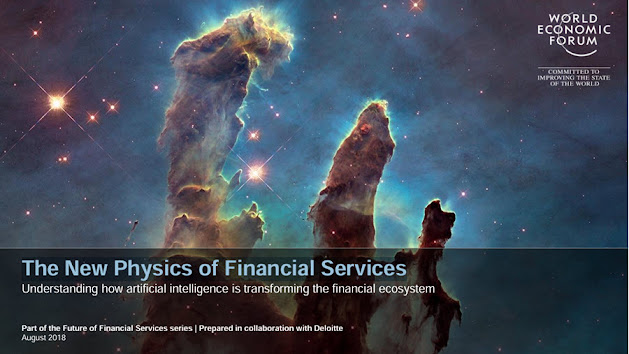Agile Accountancy

Agile is a framework, philosophy, and principles. Agile accountancy is applying that agile framework, philosophy, and principles to accountancy. I define " accountancy " as meaning accounting, reporting, auditing, and analysis; as well as financial, management, cost, tax, and compliance accounting. The Agile Manifesto was created in about 2000 by a group of software developers trying to do a better job of creating software. The agile manifesto has four key values: Individuals and interactions over processes and tools Working software over comprehensive documentation Customer collaboration over contract negotiation Responding to change over following a plan Those four key values as applied to software development are broken down into 12 principles: Our highest priority is to satisfy the customer through the early and continuous delivery of valuable software. Welcome changing requirements, even late in development. Agile processes harness change for the customer’s compe...





